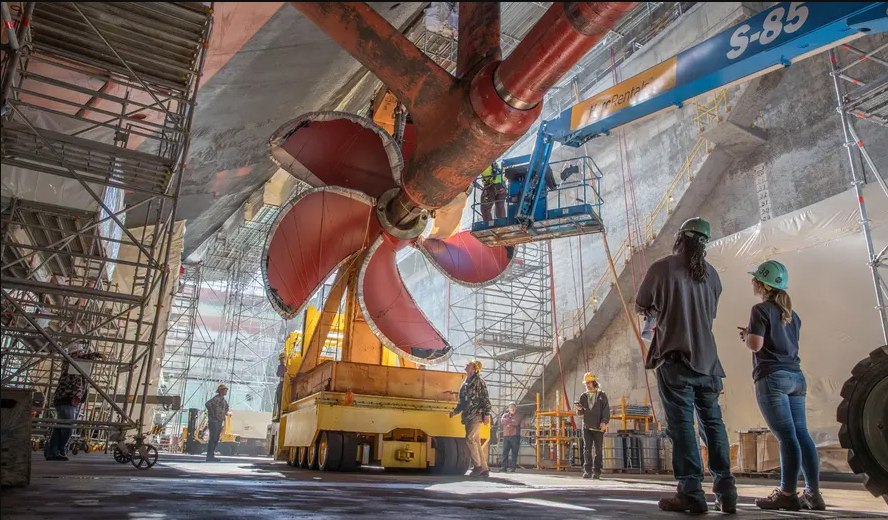
If the US and allies are to compete in the Indo Pacific, the quantity and quality of the combined naval fleets will matter. ⬇️
RAND has an interesting read calling for the US to partner with the leading democratic shipbuilders in Japan and South Korea to scale the force in being. The article mentions Australia’s general purpose frigate project which will see initial ships built overseas in either Japan or Germany before onshore manufacture continues at Henderson shipyard. RAND sees the competitive edge Japan and South Korea hold in scale and skill as a way to more quickly grow the US Naval fleet while the US seeks to reform and redevelop its onshore capability and capacity.
“The United States cannot compete with China alone. The U.S. shipbuilding industry needs a comprehensive strategy to strengthen American supply chains both during peacetime and wartime. To rebuild the U.S. shipyard industrial base, as well as to make U.S. vessels commercially competitive in the global market in the long run, the United States must turn to allies who already possess the industrial capacity, expertise, and motivation to help close the gap.”
We’ve previously highlighted the importance of Australia’s ability to repair and maintain Allied shipping during WWII and foresee this will be a critical contribution to capability in any future large scale operation in the Indo Pacific. Australia may need to focus less on building new ships in any scaled shipbuilding enterprise and more on repairing and maintaining our fleet and that of our allies.
Australian Strategic Policy Institute had a thought provoking read on this topic in The Strategist. Former Secretary of the Department of Home Affairs argues for the planned Henderson Shipyard in Perth to become a joint Australian-US facility to facilitate deep submarine maintenance for our respective Virginia class fleets:
“Being able to operate routinely in the Indian Ocean without having to transit the congested littoral waters of Southeast Asia and in the Western Pacific in times of tension and conflict is of immense strategic value to the US. Being able to operate from HMAS Stirling with assured access to a nearby submarine maintenance facility at Henderson would, for the US, be better still. The US has no naval shipyard of its own west of Hawaii where it can maintain its submarines.”
Of course dry docks and floating dry docks take time to procure and build, as does training the skilled workforce to service the ships. Pezullo’s proposal offers a clear path to peacetime capability contribution and scaling Australia’s ability to once again support the fleets of the free.
Food for thought!
📷 via RAND and links to the RAND article and The Strategist op-ed are in the comments.
